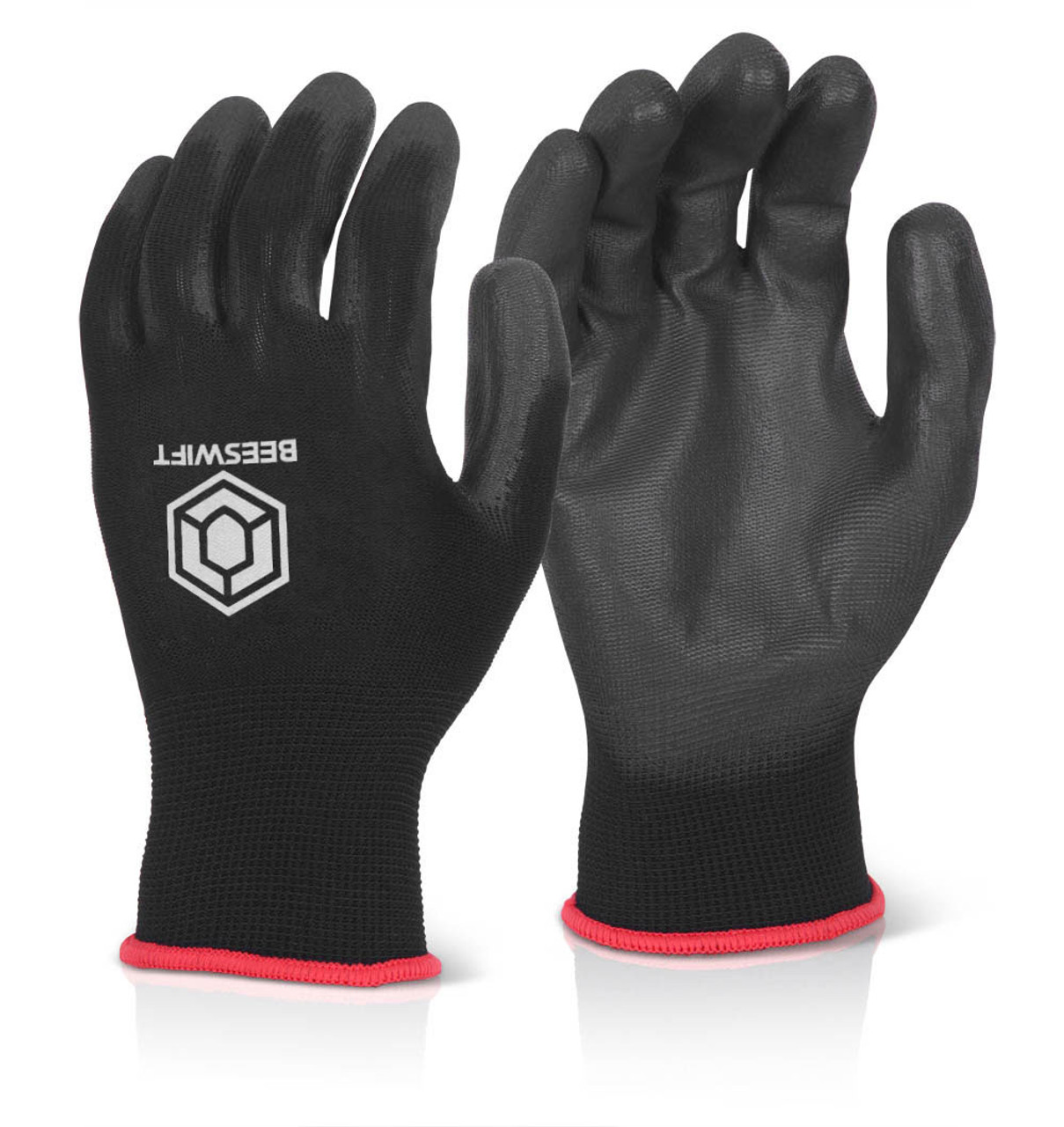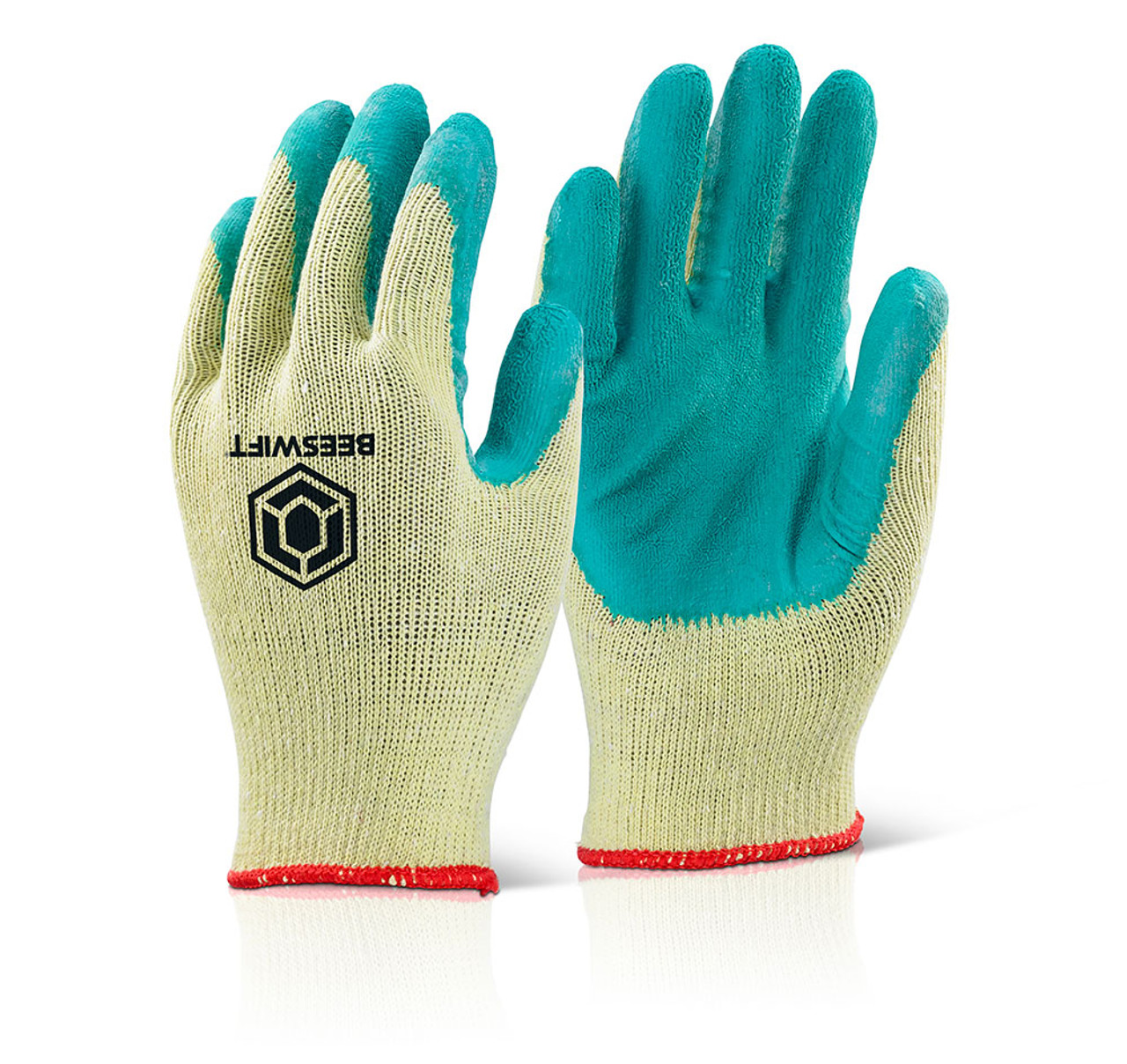Why Are Safety Gloves Essential?
4th Aug 2024
A safety glove: what is it?
One piece of personal protective equipment (PPE) that workers wear to protect their hands from injuries sustained at work is a safety glove. Certain gloves offer defence against burns, chemicals, abrasions, cuts, bruises, friction blisters, splinters, and illnesses. Wearing gloves at work reduces the risk of hand injuries by 60%, according to studies.
How wearing safety gloves can benefit you
Over a million workers receive emergency treatment at hospitals every year as a result of hand injuries. It is discovered that more than 70% of workers who suffer hand injuries and end up in the emergency department did not wear gloves. One of the most frequent work-related injuries is a hand injury.
By choosing the appropriate safety gloves for the handling application and making sure these gloves are worn when needed, the following injuries can be prevented:
- Wounds from punctures
- Tears and cuts
- Burns from heat and chemicals
- Dangerous materials that pose a risk to skin irritation or absorption
- Extreme cold or heat
- Biological agents, such as viruses and bacteria
- Loss of skin, nails, and fingers
- Injuries from needle sticks
Who covers their hands with safety gloves?
Work gloves are made to fit different types of workers. The materials used in their construction are mostly determined by the requirements of particular workers. The wearers of these gloves can utilise different functionalities. Many workers in various fields can benefit from wearing safety gloves. Workers in the manufacturing, industrial, farming, welding, logging, and medical fields may need to wear a variety of safety gloves.
Types of safety gloves
A few different kinds of safety gloves are listed below, along with a brief explanation of their use:
- Gloves with full metal mesh that guard against cuts, burns, and prolonged heat
- Leather gloves: they offer protection from sparks, chips, rough surfaces, and mild heat.
- Gloves with aluminium coating: heat-resistant and reflective
- Aramid fibre gloves: a shield from the heat and cold
- Gloves made of synthetic material: protects against cuts, extreme heat and cold, and some weak acids
- Gloves made of fabric and coated fabric that guard against slivers, dirt, blisters, and chafing
- Gloves that are resistant to liquids and chemicals can prevent burns, dermatitis, and irritation from solvents, oils, and other chemicals.
- Gloves made of rubber and natural latex can guard against some abrasions from grinding, sandblasting, and polishing.
- Neoprene gloves: they guard against hydraulic fluid, alcohol, organic acids, alkalis and petrol tearing.
- Rubber gloves made of nitrile offer protection from chlorinated solvents such as perchloroethylene.
- Hand arm vibration syndrome is a condition that anti-vibration gloves guard against.
In conclusion, safety gloves can shield us from a variety of occupational injuries, including burns, cuts, and puncture wounds. Workers in a variety of industries, including manufacturing, welding, and logging, can wear safety gloves. At Total Workwear, we take great pride in providing our clients with an extensive assortment of safety gloves, which we have categorised into areas like impact resistance, cut resistance, and anti-static/ESD gloves.

 United Arab Emirates Dirham
United Arab Emirates Dirham
 Australian Dollar
Australian Dollar
 Canadian Dollar
Canadian Dollar
 Euro
Euro
 US Dollar
US Dollar
 FREE UK DELIVERY ON ALL ORDERS OVER £75
FREE UK DELIVERY ON ALL ORDERS OVER £75






